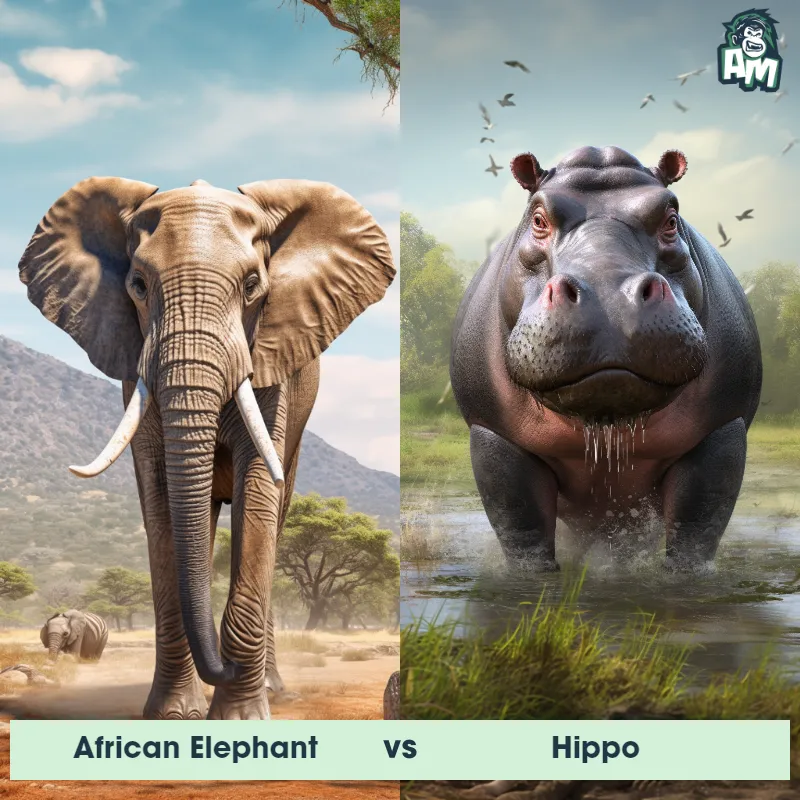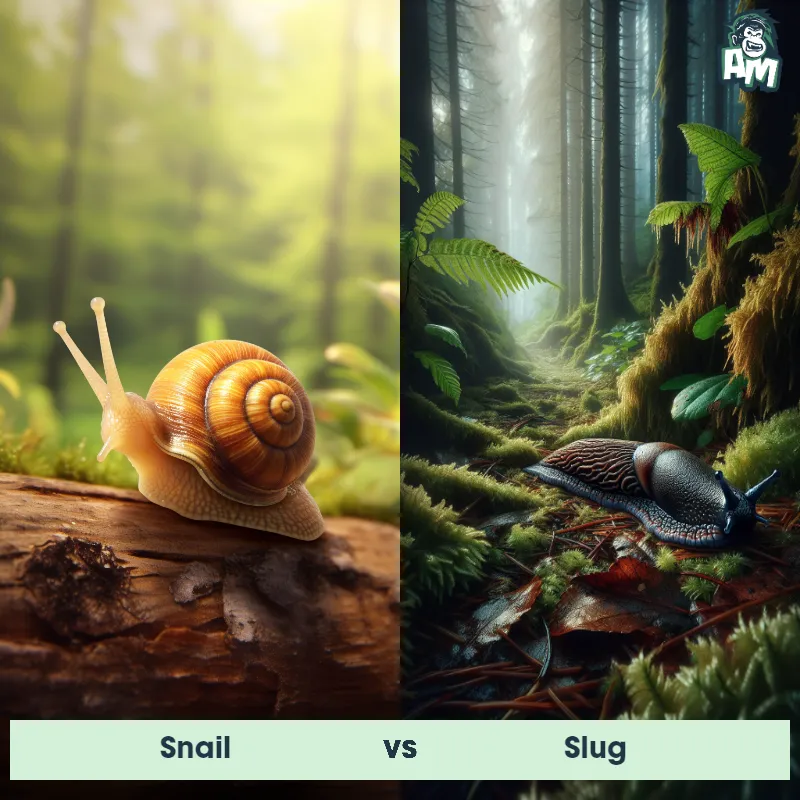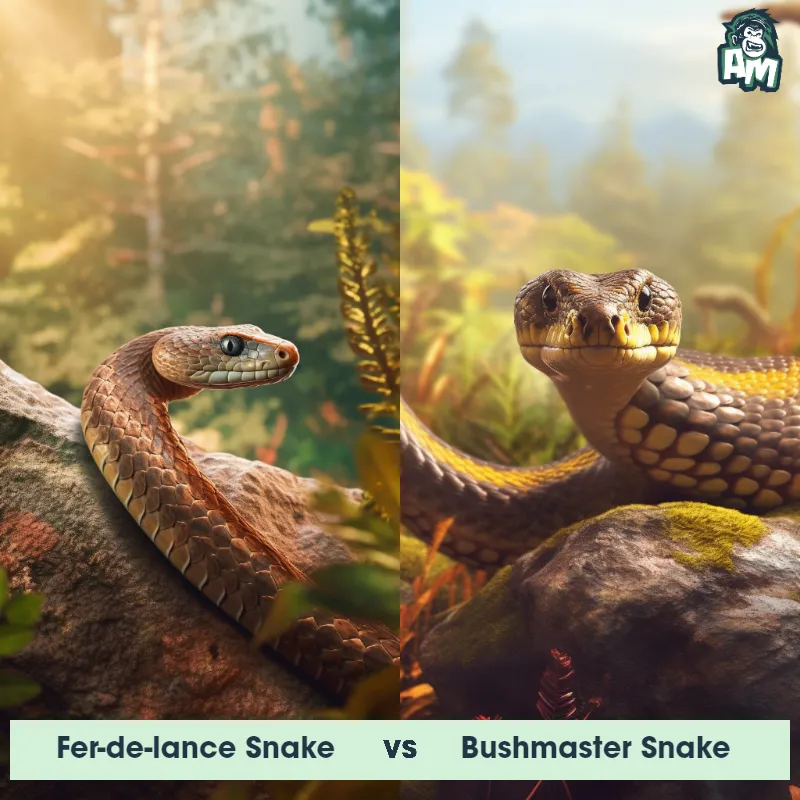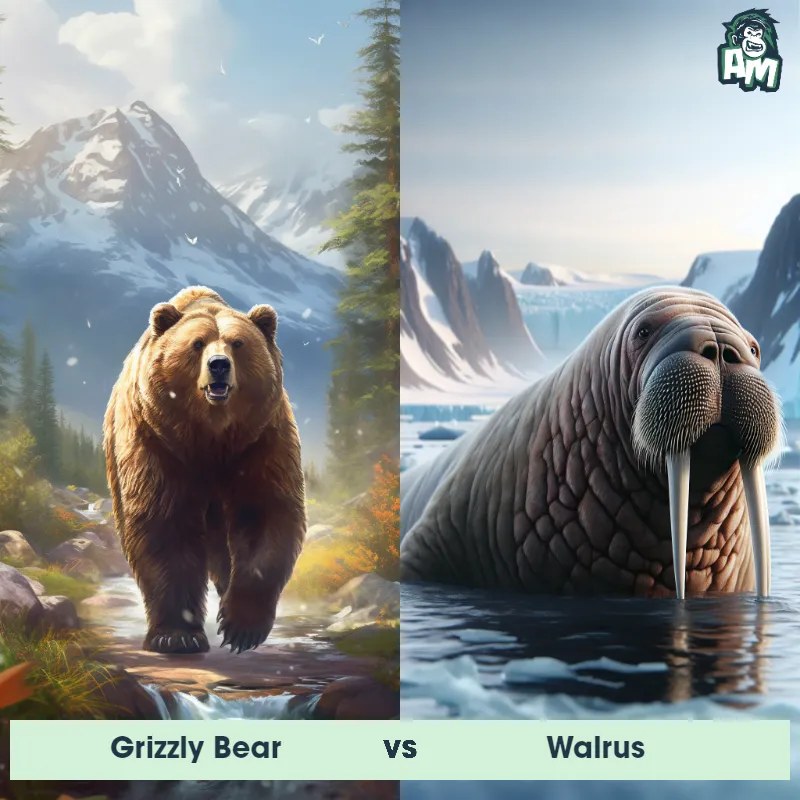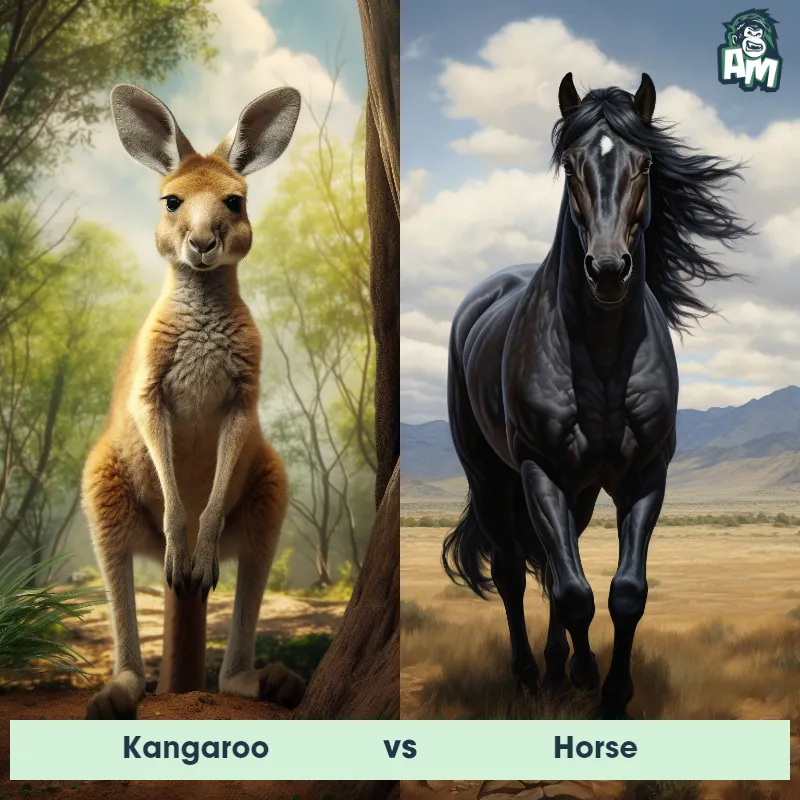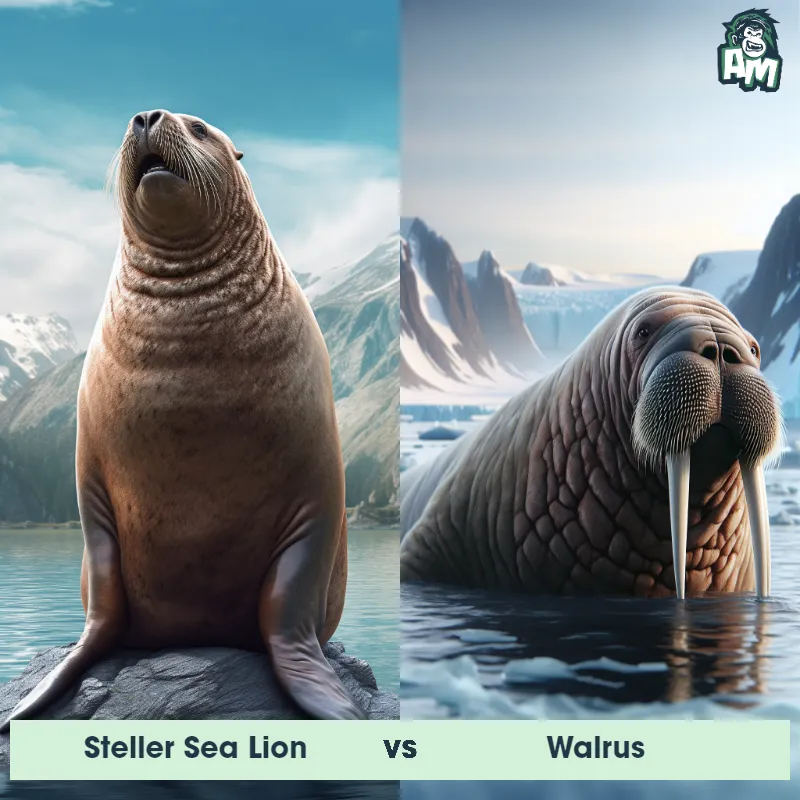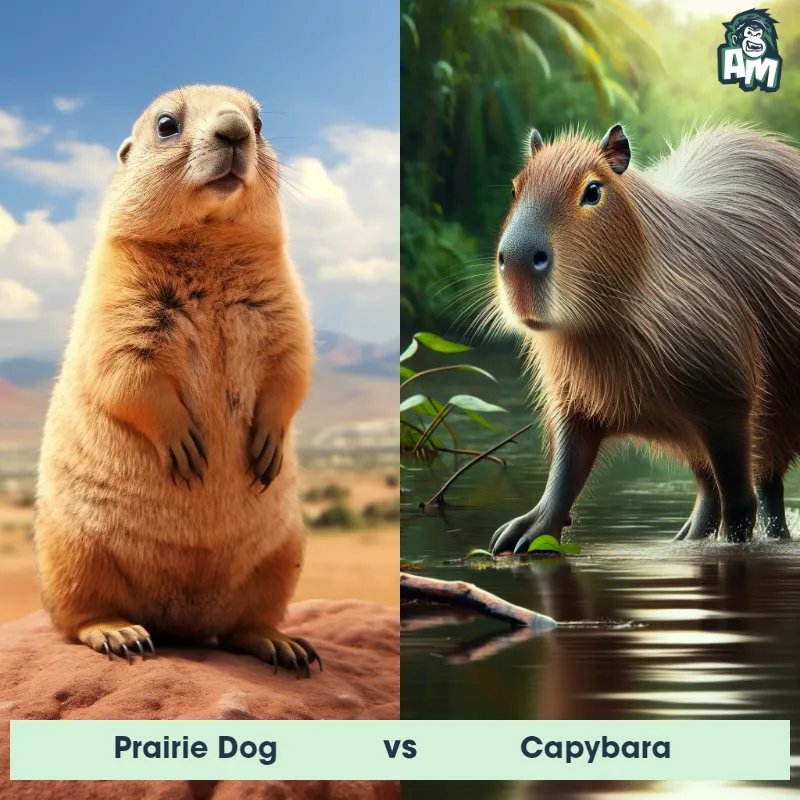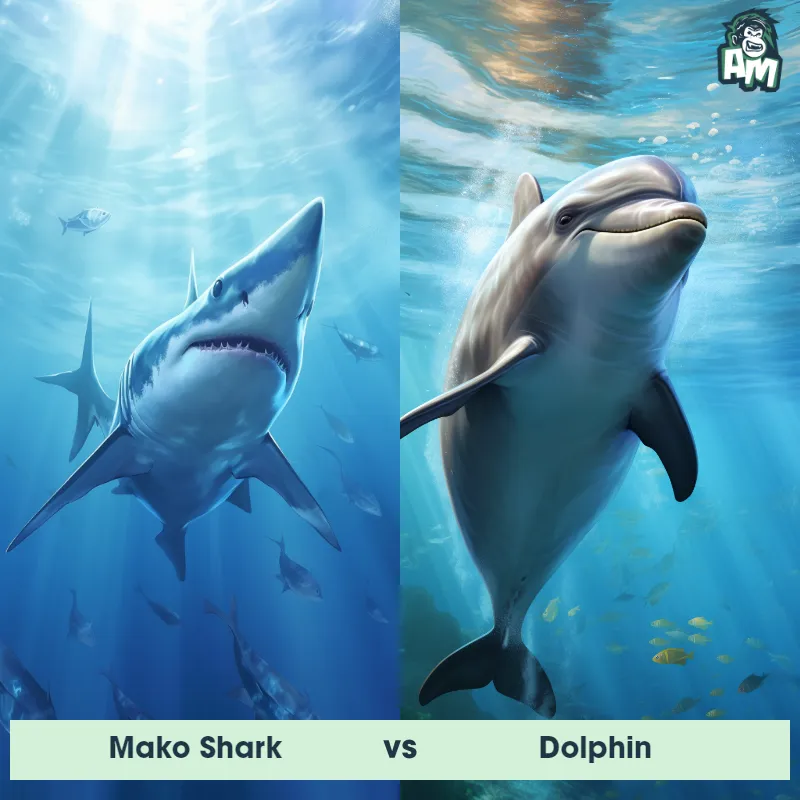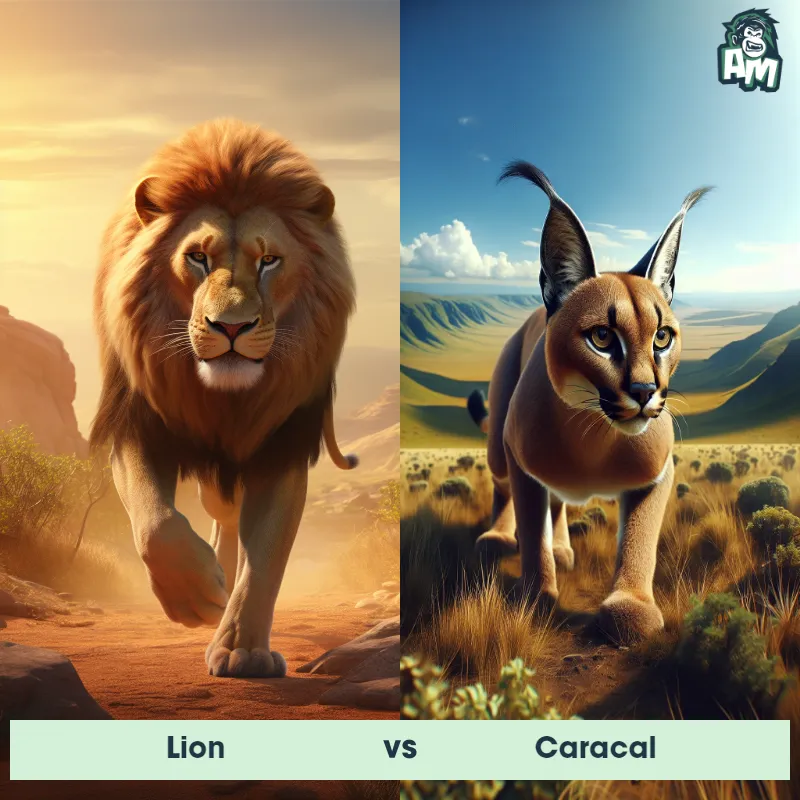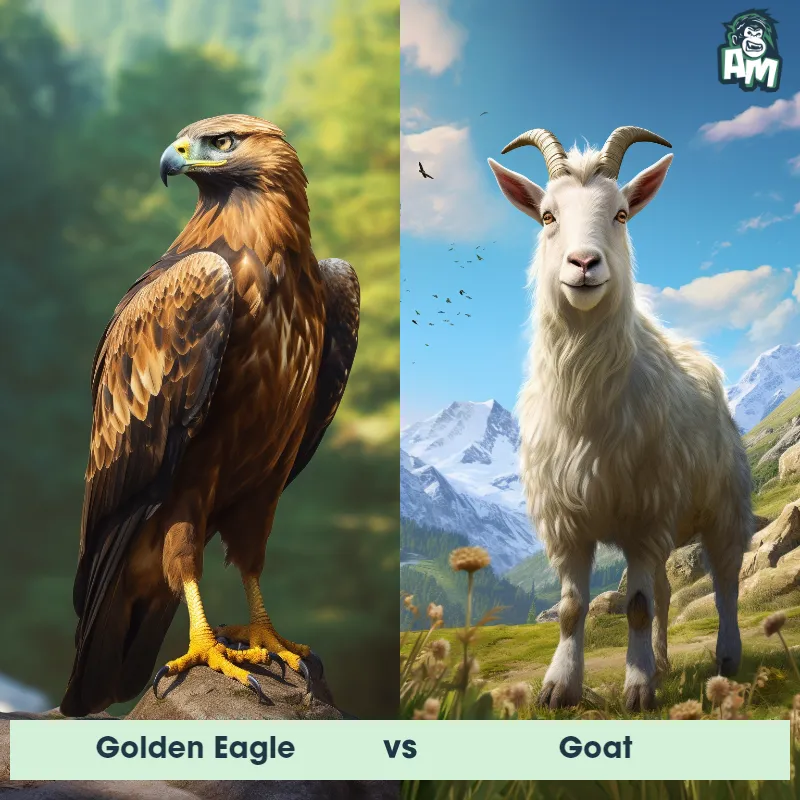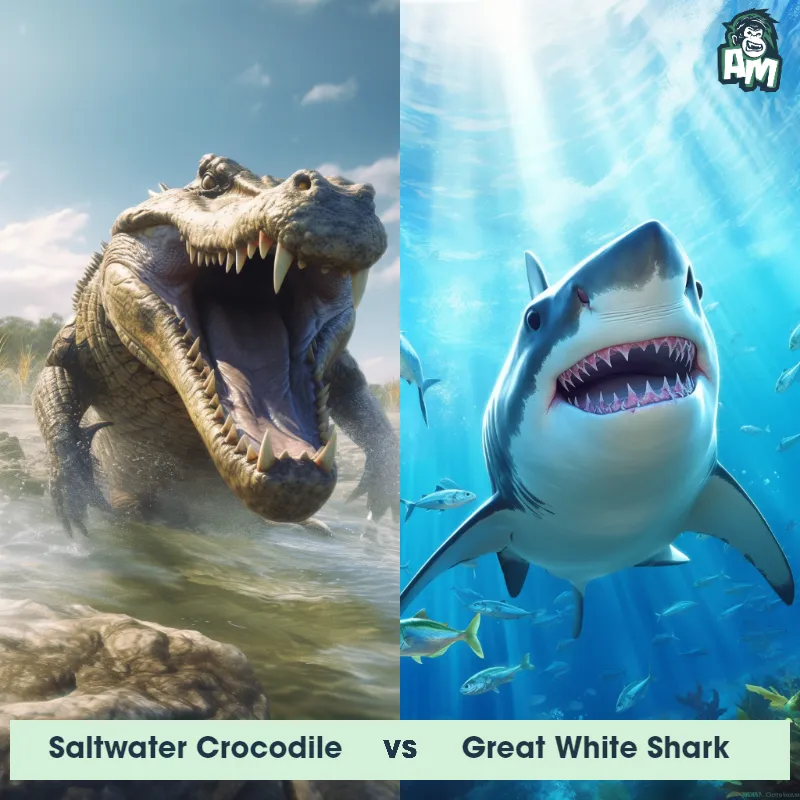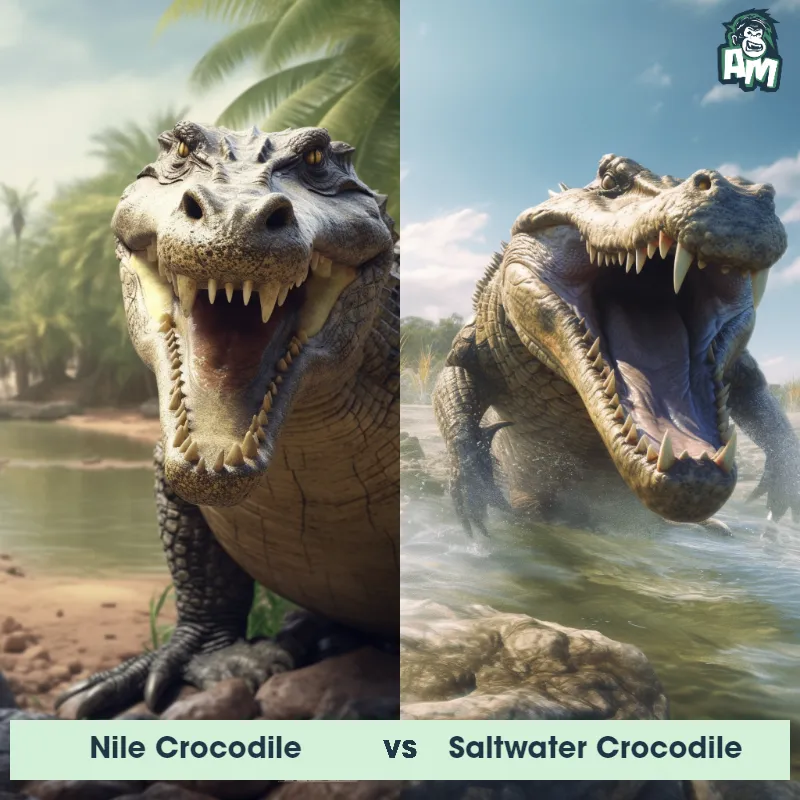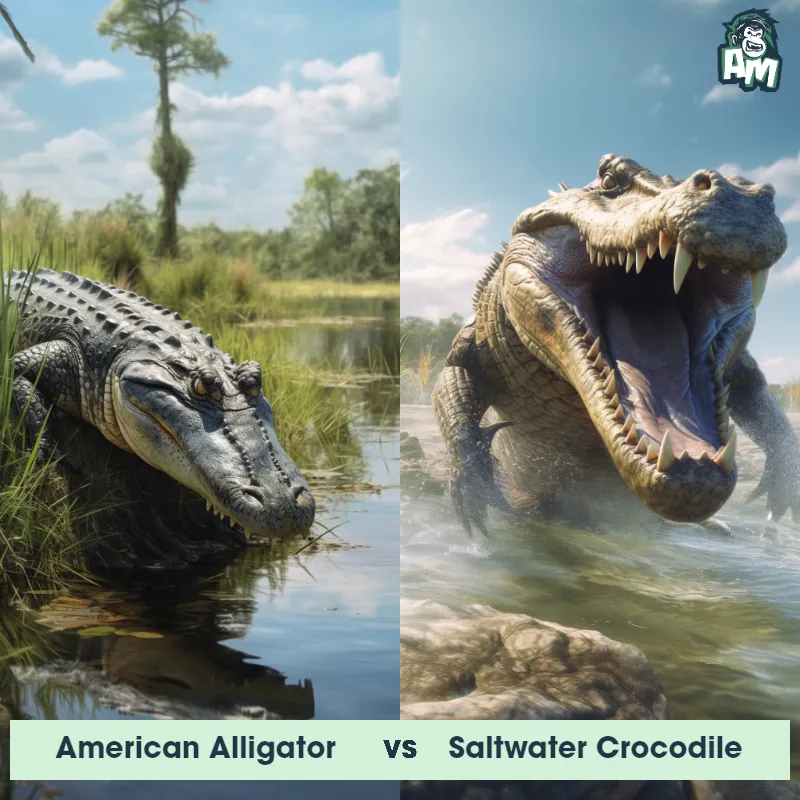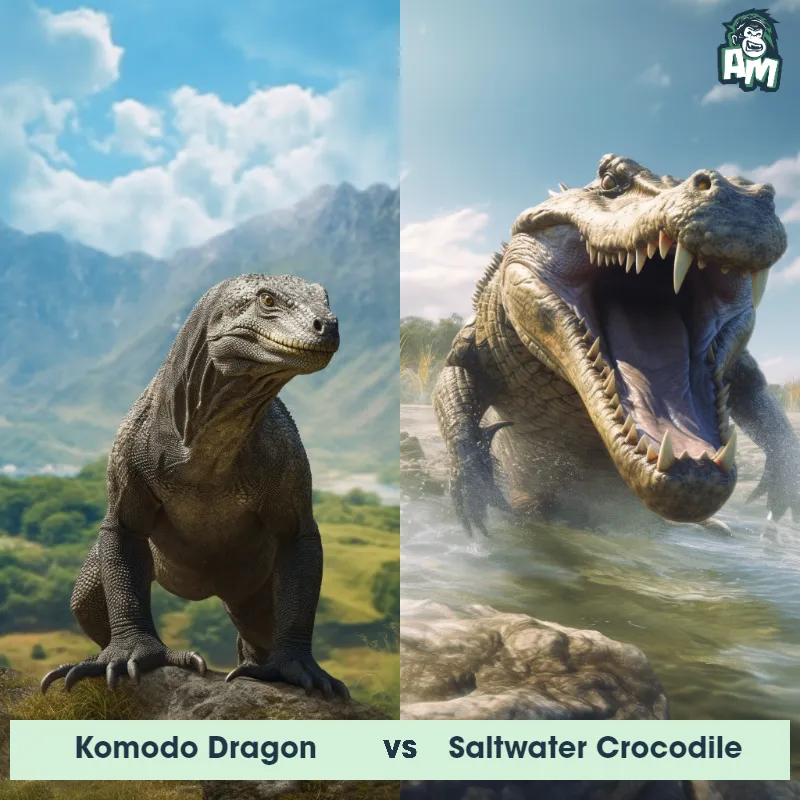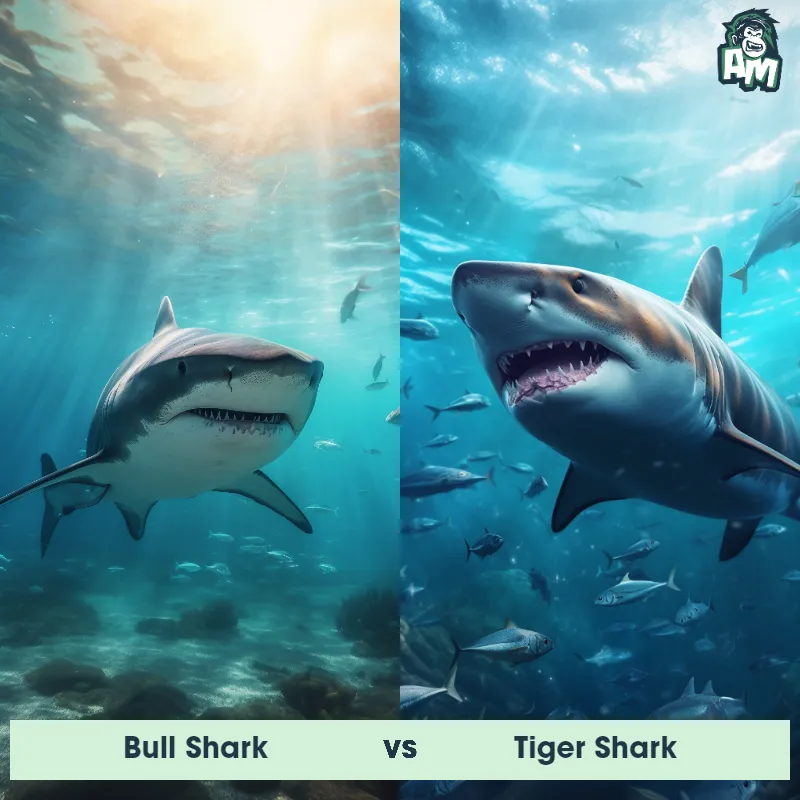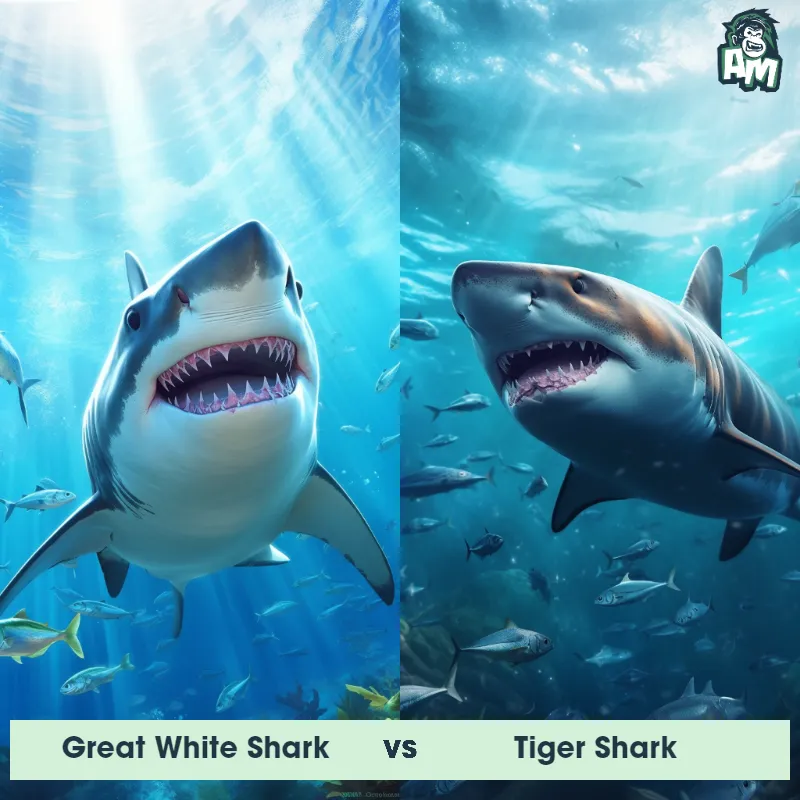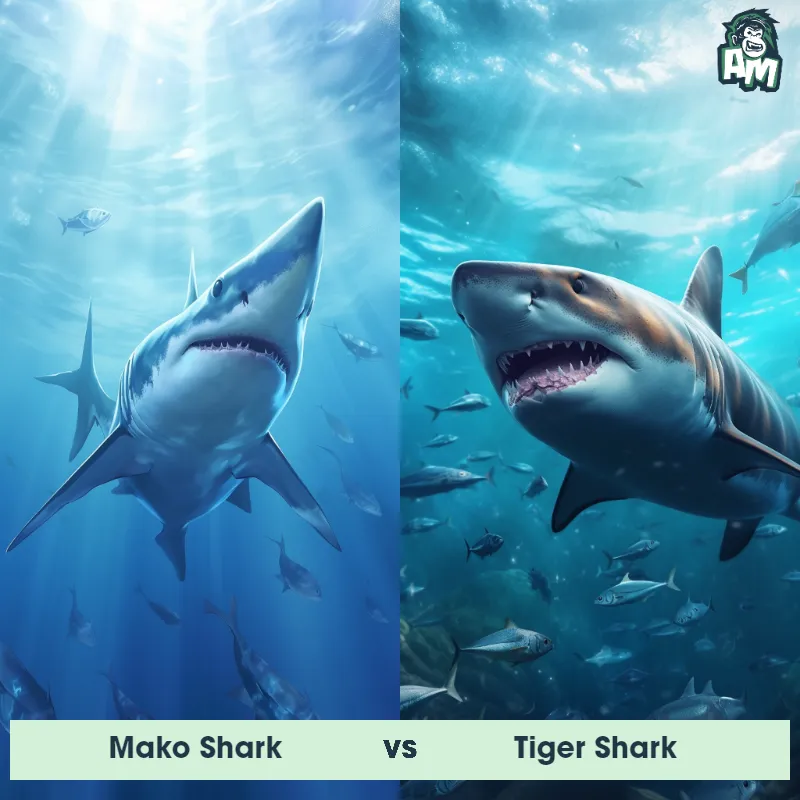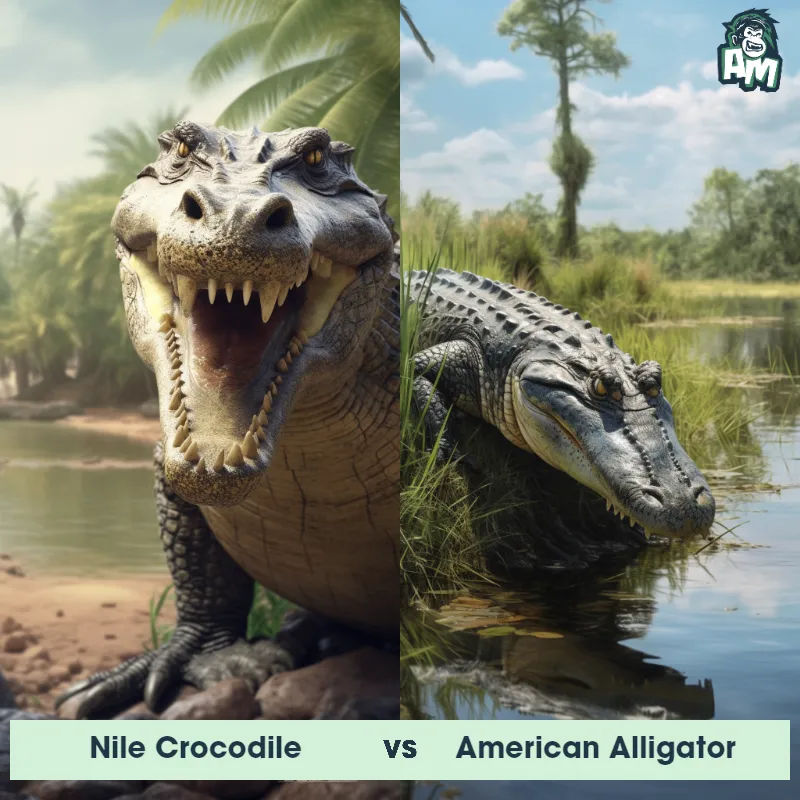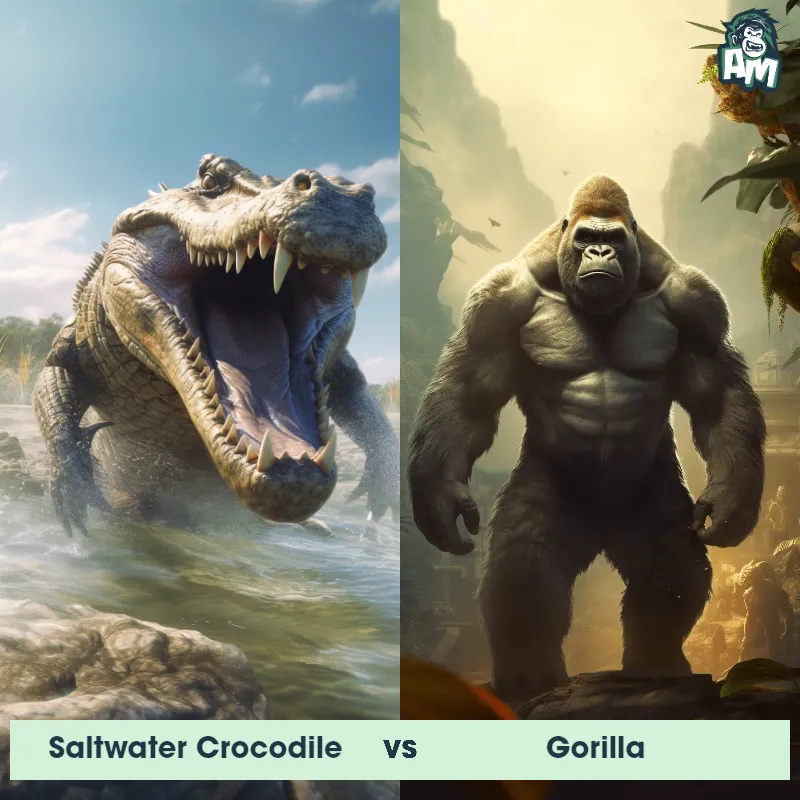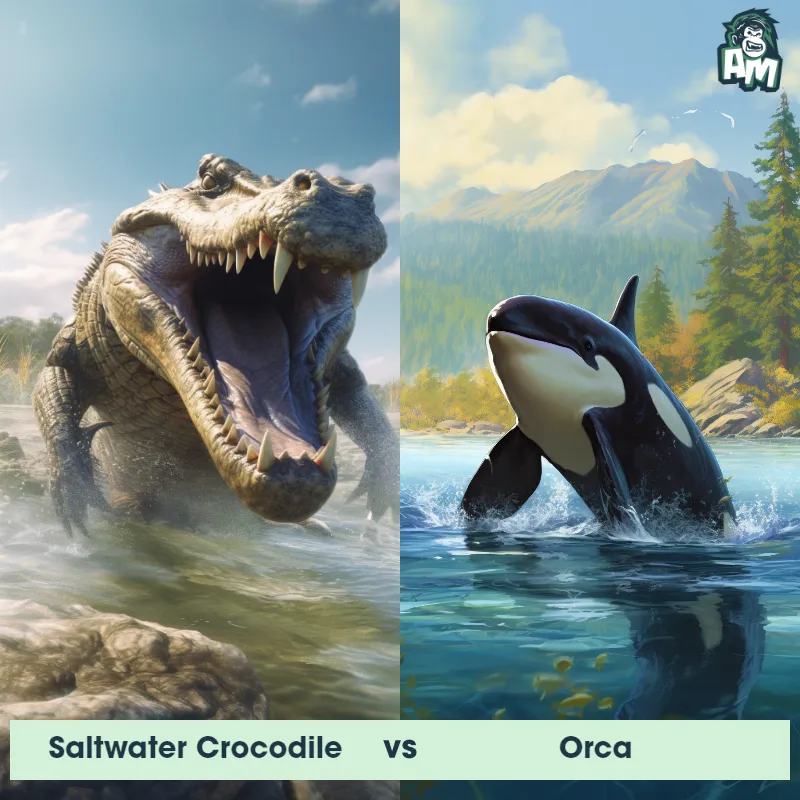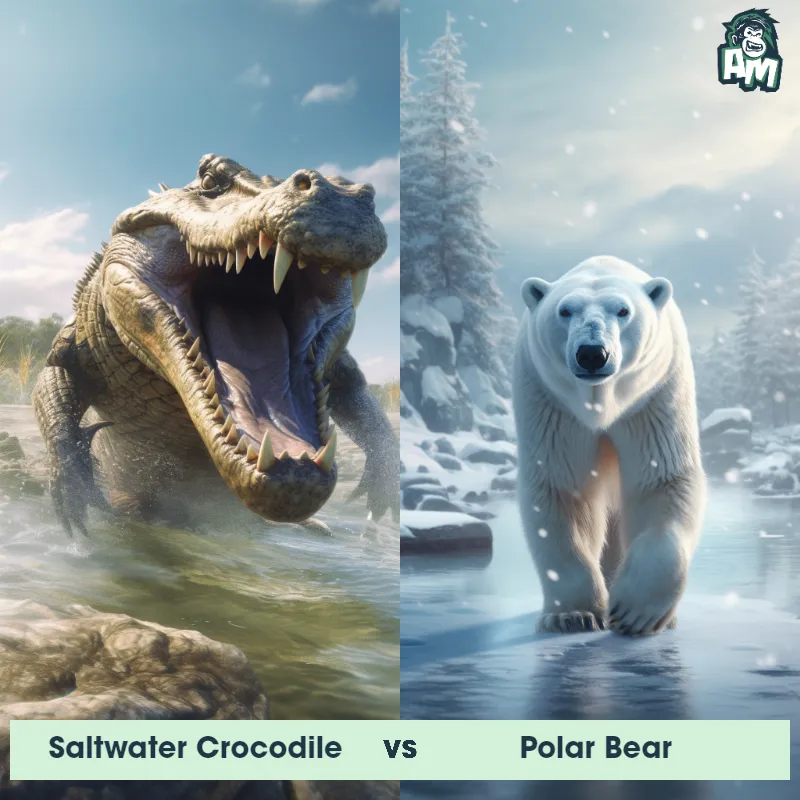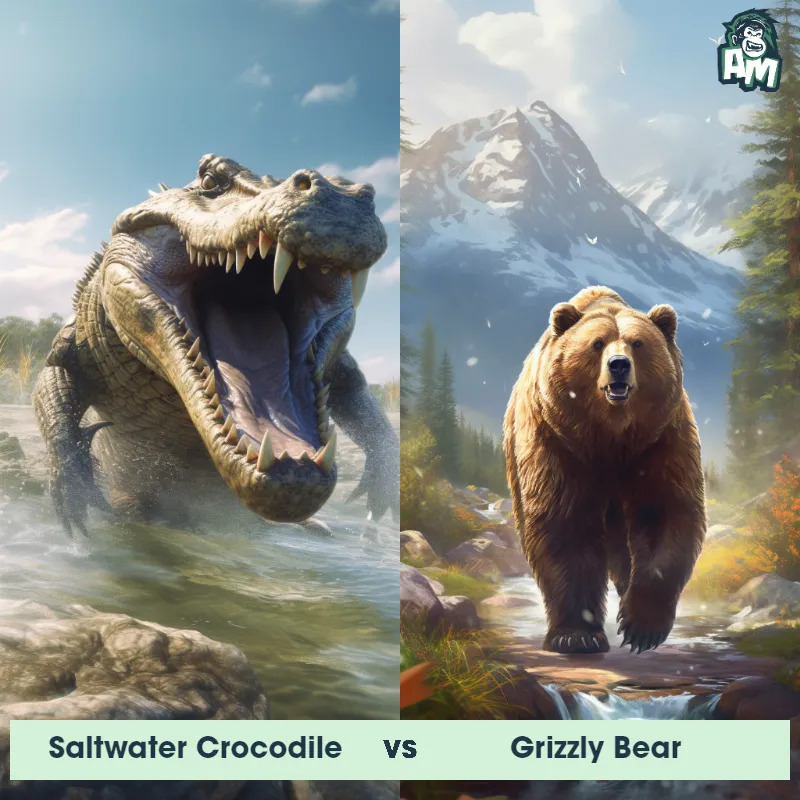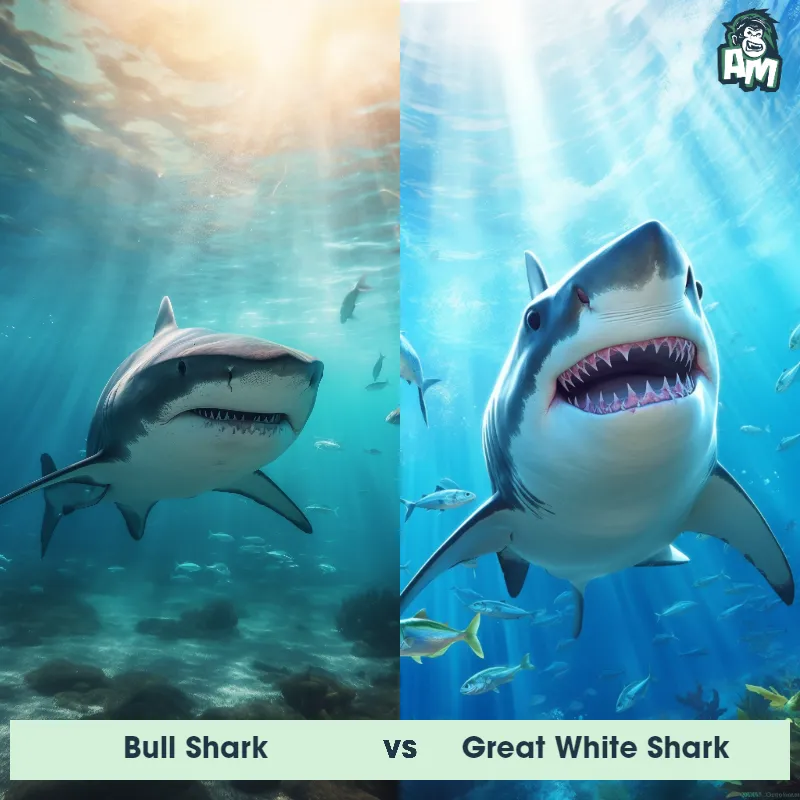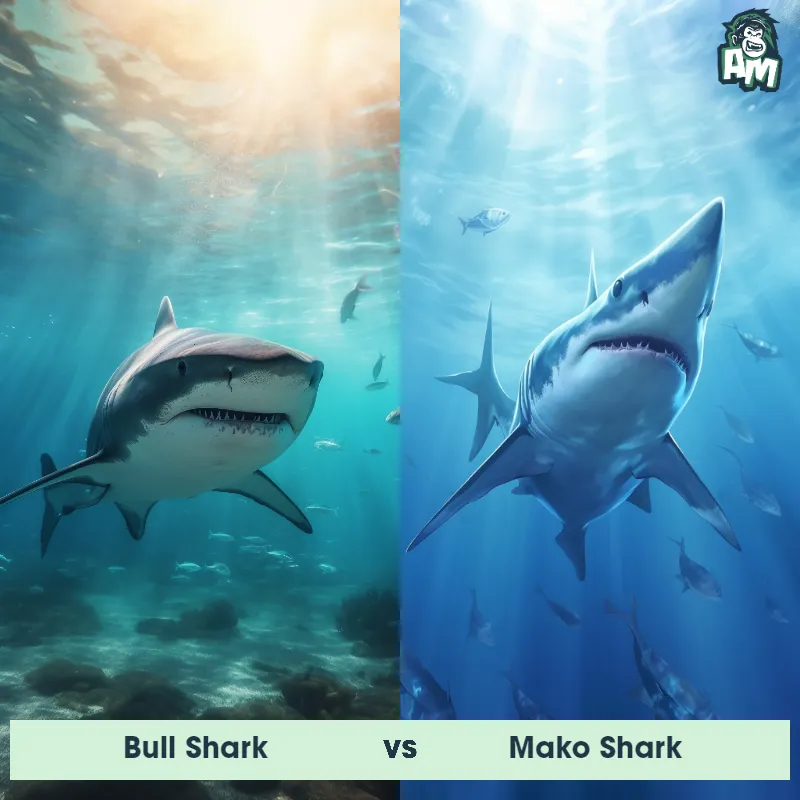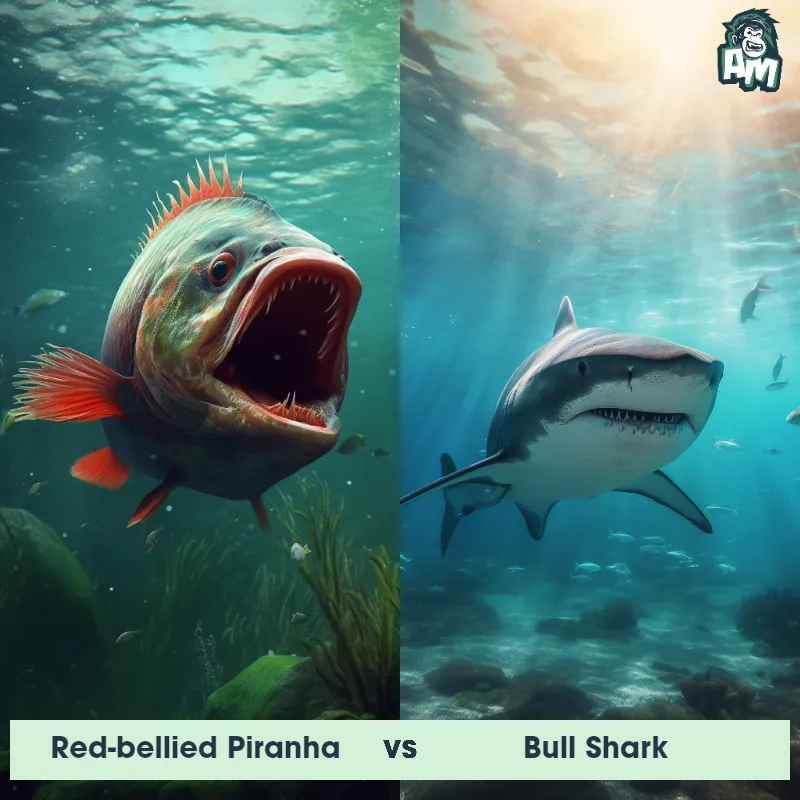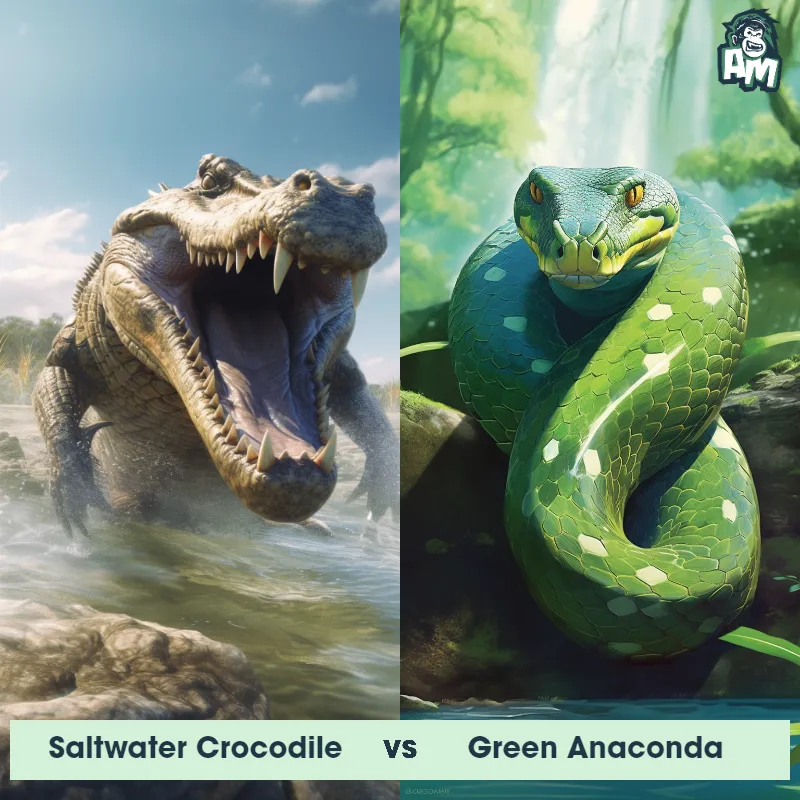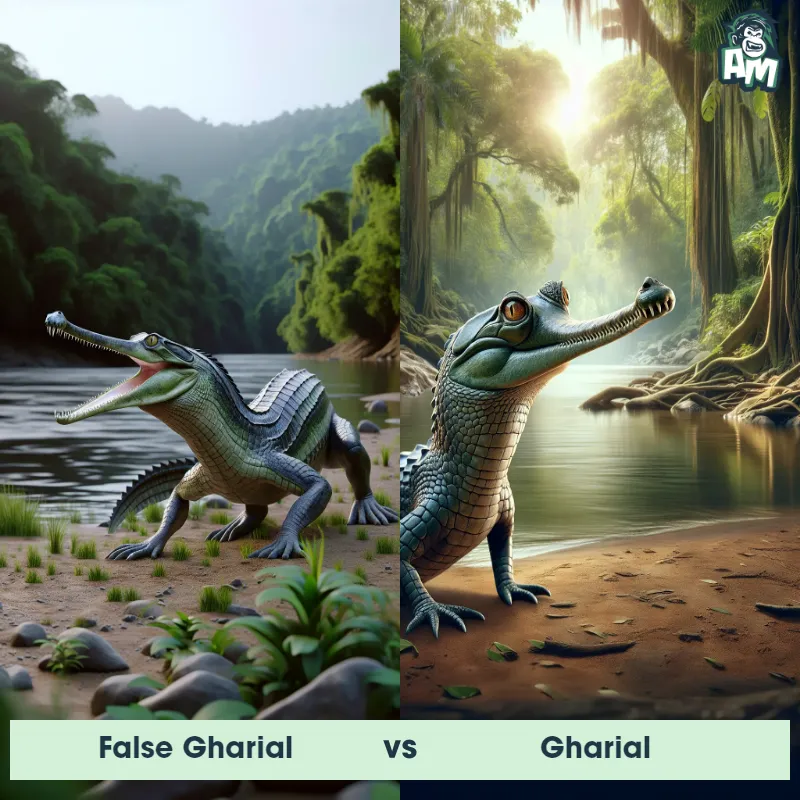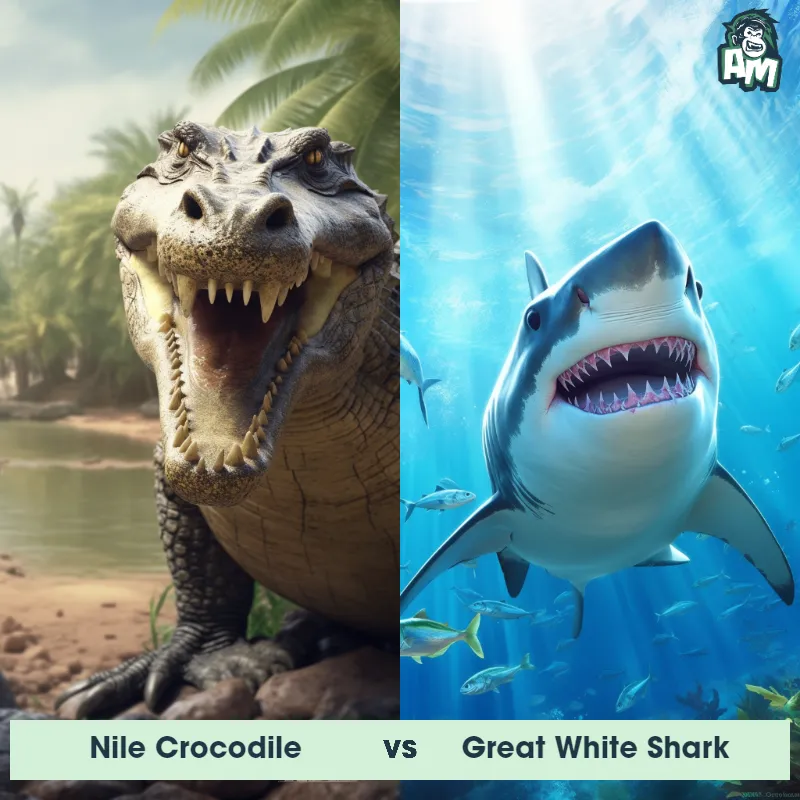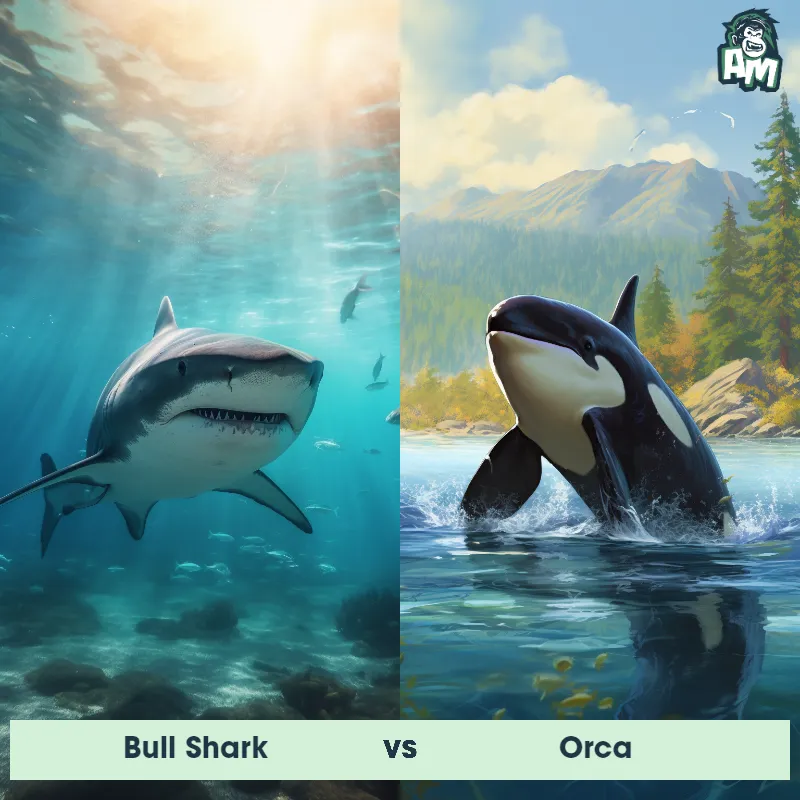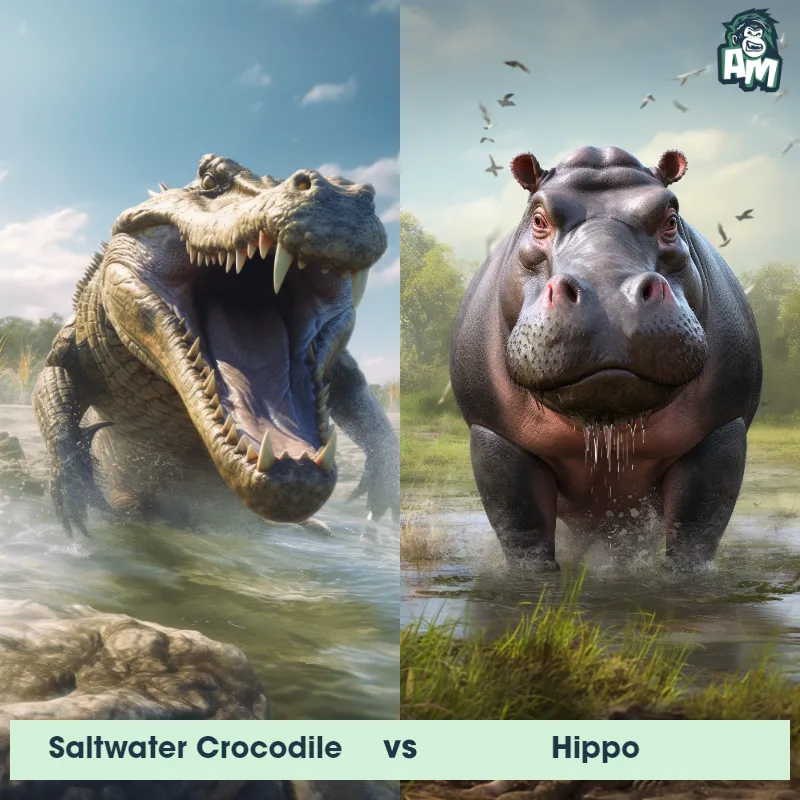Saltwater Crocodile vs Bull SharkSee Who Wins

Ladies and gentlemen, prepare for a clash of aquatic titans that promises to be nothing short of breathtaking! On one side, we have the Saltwater Crocodile, a prehistoric powerhouse with a jaw strength that's the stuff of legends. On the other, the Bull Shark, a relentless predator known for its aggression and adaptability. As the waters churn in anticipation, let's witness this epic battle unfold!
Contender 1: Saltwater Crocodile
The Saltwater Crocodile, also known as the estuarine crocodile, is the largest living reptile in the world, with males reaching up to 23 feet in length and weighing over a ton. They have a powerful jaw with over 60 teeth and are covered in tough, scaly skin that ranges from grayish-brown to black in color. They are found in the brackish and freshwater habitats of Southeast Asia and Northern Australia and are known for their aggressive behavior towards humans.
Fun Fact: Saltwater Crocodiles have the strongest bite force of any animal in the world, with a bite strength of up to 3,700 pounds per square inch, which is strong enough to crush a car.
Contender 2: Bull Shark
The Bull Shark, also known as the Zambezi Shark, is a large predatory fish found in warm coastal waters and freshwater rivers around the world. They are known for their aggressive behavior and ability to tolerate freshwater, allowing them to swim far up rivers. Bull Sharks have a stocky build, with a grey or brownish coloration and a short, broad snout filled with sharp teeth. They can grow up to 11 feet long and weigh over 500 pounds.
Fun Fact: Bull Sharks are known for their ability to swim in freshwater rivers, and have been found as far up the Mississippi River as Illinois.
Matchup Stats
| Saltwater Crocodile | Bull Shark | |
|---|---|---|
| Size | Up to 23 feet (7 meters) | Up to 11 feet (3.4 meters) |
| Weight | Over a ton (1,000 kg) | Over 500 pounds (227 kilograms) |
| Speed | Land Speed: 11 mph (18 km/hr) | Speed: 25 mph (40 km/hr) |
| Key Strength | Powerful jaw with 64-68 teeth and strongest bite force of any animal in the world | Powerful bite force and aggressive behavior |
| Biggest Weakness | Slow on land and vulnerable to attacks on the soft underbelly | Vulnerable to attacks on the gills and eyes |
Current Votes
Saltwater Crocodile vs Bull Shark
See Who Wins
View More Matches
Looking For More?
Similar Matches
Scientific Stats
| Saltwater Crocodile | Bull Shark | |
|---|---|---|
| Scientific Name | Crocodylus porosus | Carcharhinus leucas |
| Family | Crocodylidae | Carcharhinidae |
| Habitat | Brackish and freshwater habitats | Warm coastal waters and freshwater rivers |
| Geography | Southeast Asia and Northern Australia | Found worldwide in tropical and subtropical regions |
| Diet | Carnivorous, preys on fish, birds, mammals, and other reptiles | Carnivorous, feeding on fish, dolphins, turtles, and other sharks |
| Lifespan | 70 years - 100 years | 12 years - 16 years |
Key Differences between Saltwater Crocodile and Bull Shark
- Size: The Saltwater Crocodile is significantly larger than the Bull Shark, with adult crocodiles reaching lengths of up to 20 feet, while adult Bull Sharks typically measure around 7 to 11 feet in length.
- Tail shape: The Saltwater Crocodile has a long and powerful tail that is flattened horizontally, whereas the Bull Shark has a shorter and more slender tail that is vertically flattened.
- Coloration: Saltwater Crocodiles have a lighter coloration, ranging from pale brown to grayish-green, whereas Bull Sharks have a darker gray to bronze coloration on their dorsal side, fading to a lighter shade on their ventral side.
- Teeth visibility: When their mouths are closed, the teeth of the Saltwater Crocodile are not visible as they fit inside their jaws, whereas the Bull Shark's teeth are partially visible even when its mouth is closed.
- Skin texture: The Saltwater Crocodile has rough and bumpy skin, while the Bull Shark has a smoother skin texture.
- Body shape: The Saltwater Crocodile has a long and slender body with a narrow snout, whereas the Bull Shark has a more robust and streamlined body with a broader snout.



